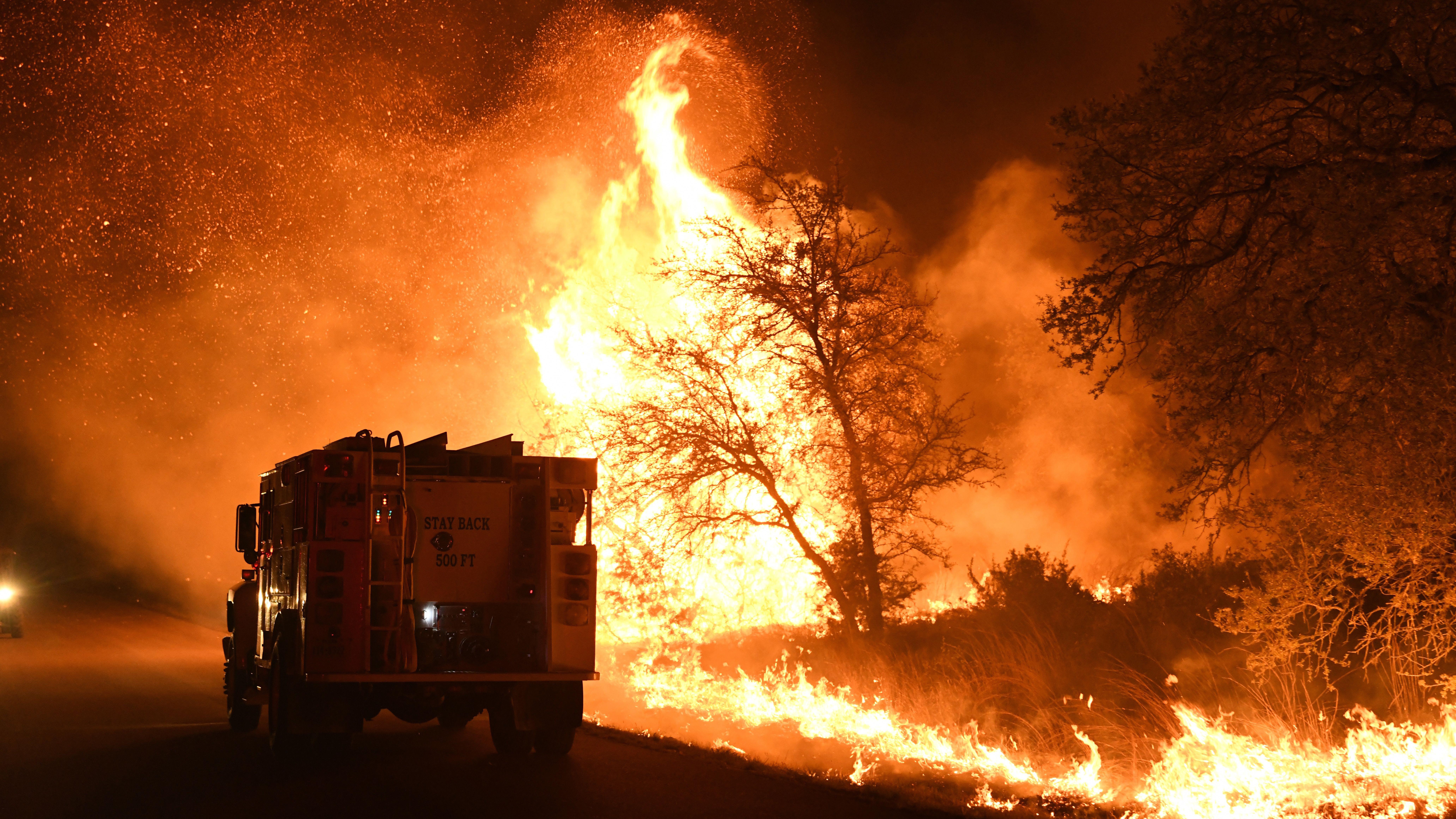
Sixty counties in the Texas panhandle have been issued with a disaster declaration as rapidly-spreading wildfires forced the evacuation of several towns and America's main nuclear weapons storage facility.
Texas Gov. Greg Abbott (R) issued the declaration on Tuesday (Feb 28.), activating emergency response teams to fight the fires.
One of the blazes raged disconcertingly close to the Pantex Plant — the main facility which assembles and disassembles the U.S. nuclear arsenal — forcing the site to pause operations until further notice.
"The fire near Pantex is not contained," the company wrote on X, formerly Twitter, last night (Feb. 27). "Response efforts have shifted to evacuations. There is a small number of non-essential personnel sheltered on-site."
Pantex is located 30 miles (48 kilometers) east of Amarillo, where the 16,000-acre (6,500 hectares) site has been the main assembly and disassembly point for U.S. nuclear bombs since 1975. The last bomb was built there in 1991, after which the facility dedicated itself to decommissioning older bombs in the nation's arsenal.
Related: The 13 biggest natural disasters in history
Although the starting point of the blazes remains unknown, Abbot attributed the fires' cause to "hot and dry conditions caused by high temperatures and windy conditions," which may continue in the following days. "These conditions could increase the potential for these wildfires to grow larger and more dangerous," Abbot added.
Some of the fires have already swelled to historic scales, claiming homes and livestock. The largest, named the Smokehouse Creek Fire and located in Hutchinson County, has consumed more than 500,000 acres (200,000 hectares) of grassland in Texas's Pandhandle region since it began on Monday (Feb. 26). It grew explosively overnight to become the second largest in the state's history. The fire is 0% contained, according to Texas A&M Forest Service.
Scientists expect extreme wildfires to become increasingly more likely due to climate change — which is not only raising the risk of fires starting, but is also extending the wildfire season, according to a 2023 study in the journal Earth's Future.
"Under a warmer future climate, we can see that the fire danger will even be higher in the winter," study lead-author Guo Yu, a researcher at the Desert Research Institute, said in a statement. "This surprised me, because it feels counterintuitive, but climate change will alter the landscape in so many ways."







